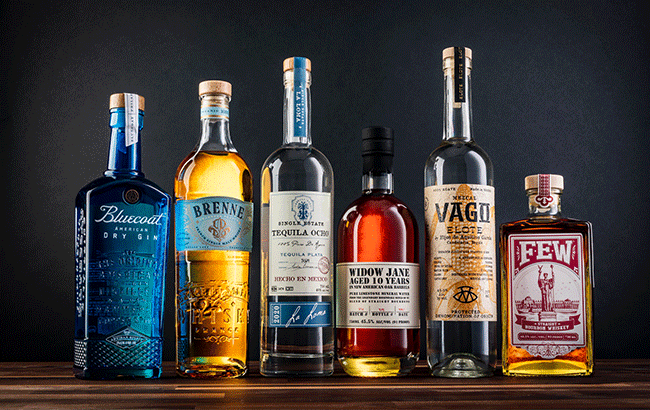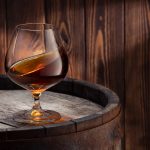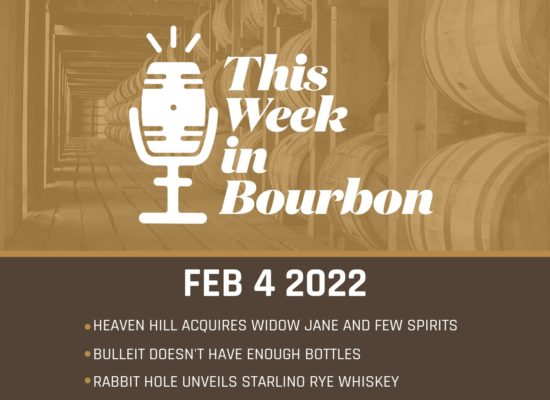Glenmorangie Sherry Wood 12 Years Review
The port wood was replaced by the Quinta Ruban and this Glenmorangie Sherry Wood 12 Years was replaced by the Lasanta. Back in ye-olden days, the Glenmo core line had four distinct finishes, but only the port and sherry survived. The other two “oldies” were the Burgundy and the Madeira finish. Burgundy wine casks show […]
The post Glenmorangie Sherry Wood 12 Years Review appeared first on The Whiskey Jug.


 I saw the headline this week “Private Barrel Kentucky Bourbon In Legal Jeopardy” from Whiskycast’s Mark Gillespie (very good guy btw who runs a terrific show). I immediately thought to myself “Oh sh**, there’s no way”. But when it comes to booze and laws, hey, anything can happen. Look at Prohibition. A tingle of fear slowly crept in. […]
I saw the headline this week “Private Barrel Kentucky Bourbon In Legal Jeopardy” from Whiskycast’s Mark Gillespie (very good guy btw who runs a terrific show). I immediately thought to myself “Oh sh**, there’s no way”. But when it comes to booze and laws, hey, anything can happen. Look at Prohibition. A tingle of fear slowly crept in. […]
 Uncle Nearest Premium Whiskey is starting 2022 with a big milestone – the shift from sourced whiskey to their own barrels in their bottles. When a whiskey brand first hits the shelves, it is standard for them to buy fully aged barrels sourced from older distilleries to bottle for their first releases. Straight bourbon takes […]
Uncle Nearest Premium Whiskey is starting 2022 with a big milestone – the shift from sourced whiskey to their own barrels in their bottles. When a whiskey brand first hits the shelves, it is standard for them to buy fully aged barrels sourced from older distilleries to bottle for their first releases. Straight bourbon takes […] QUICK NOTES Hitting shelves nationwide now and throughout the month Blending collaboration between KY Owl’s John Rhea and J.J. Cory Irish Whiskey’s Louise McGuane Used barrels of this limited ed Bourbon will later age J.J. Cory Irish Whiskey 6,500 cases 100 Proof/750ml $135 MSRP It’s never too early to prepare for everyone’s favorite boozy holiday […]
QUICK NOTES Hitting shelves nationwide now and throughout the month Blending collaboration between KY Owl’s John Rhea and J.J. Cory Irish Whiskey’s Louise McGuane Used barrels of this limited ed Bourbon will later age J.J. Cory Irish Whiskey 6,500 cases 100 Proof/750ml $135 MSRP It’s never too early to prepare for everyone’s favorite boozy holiday […]